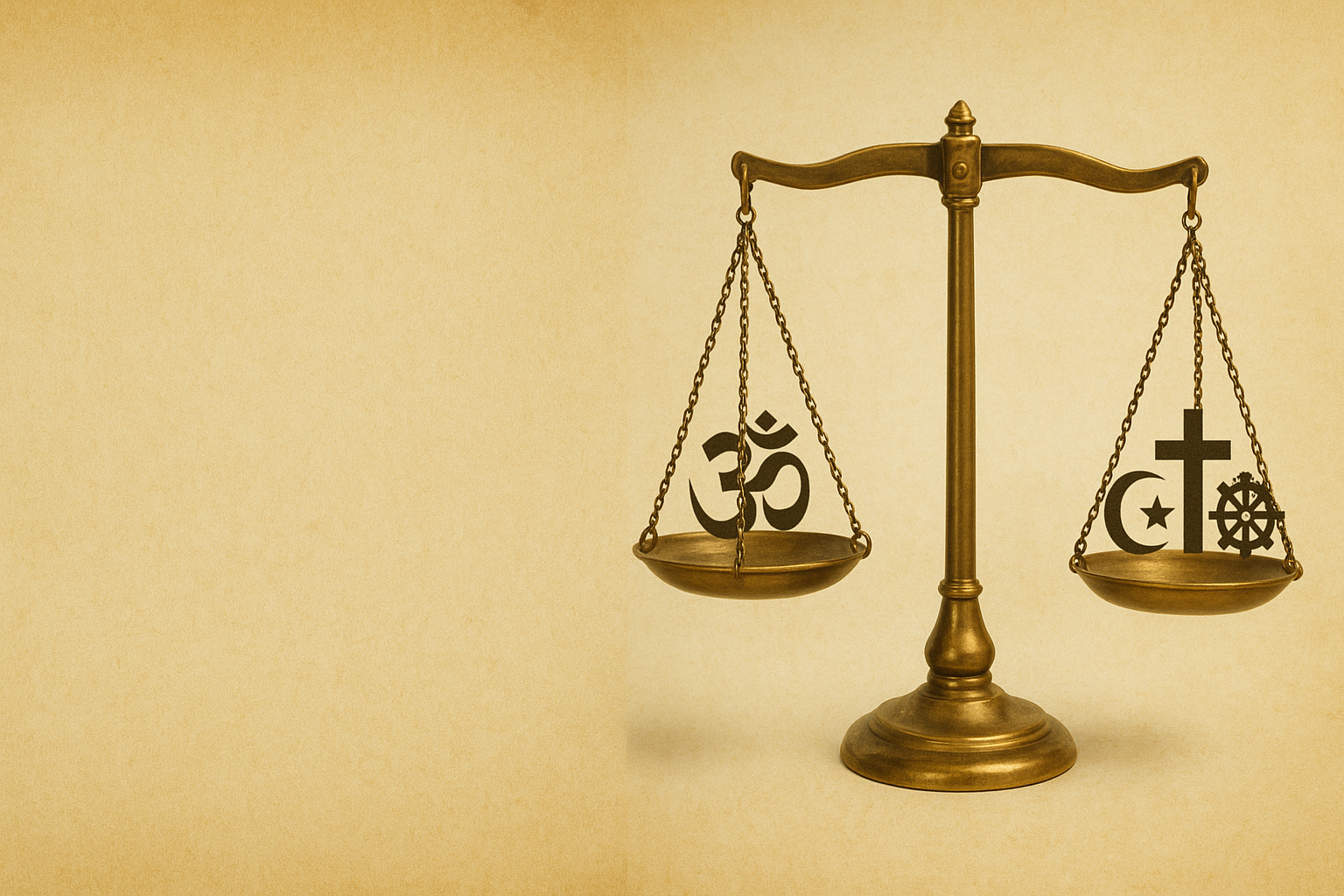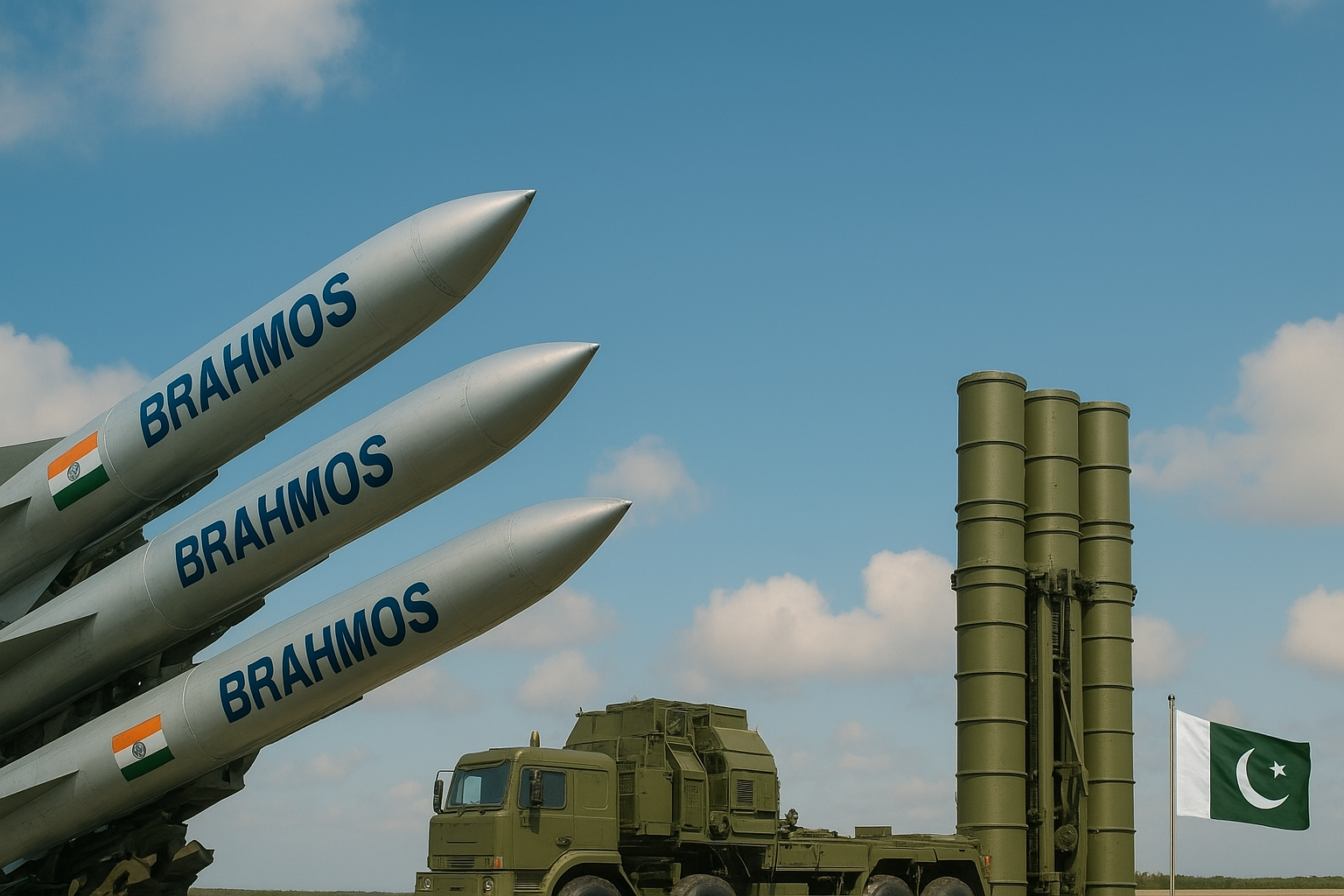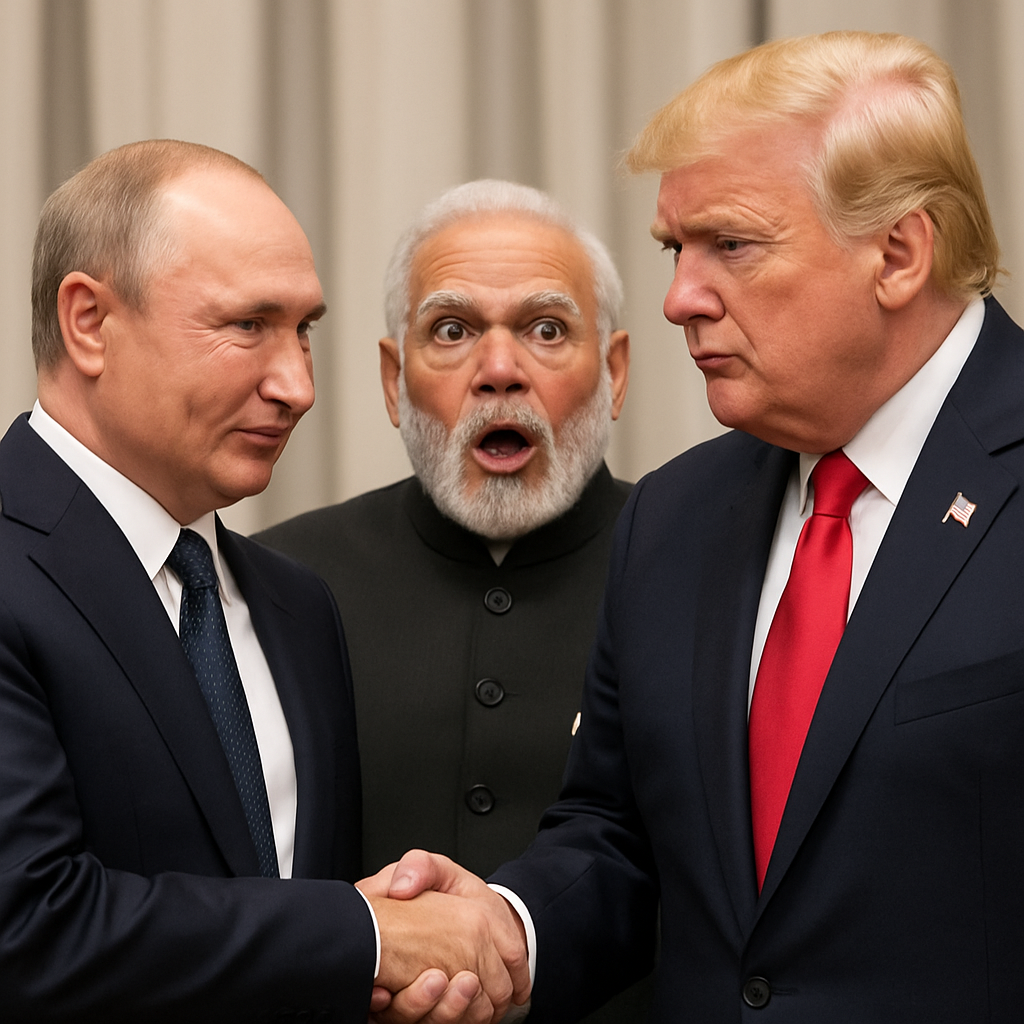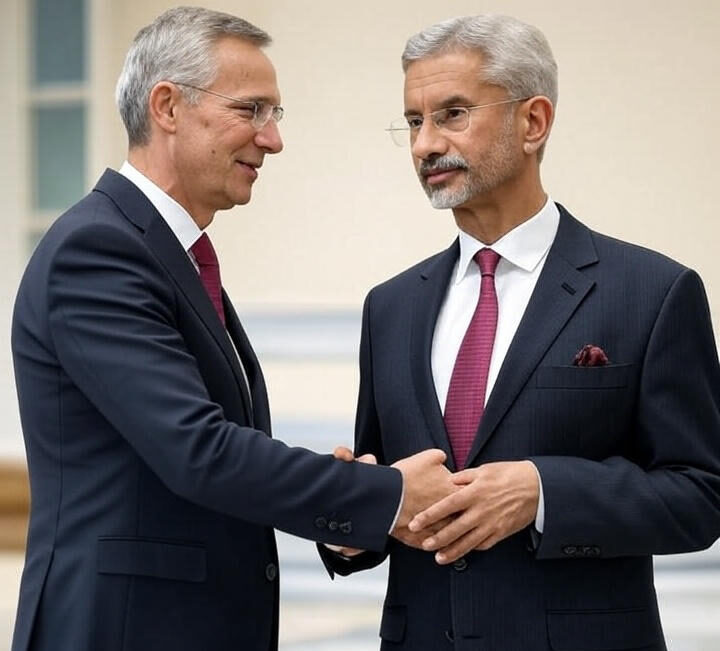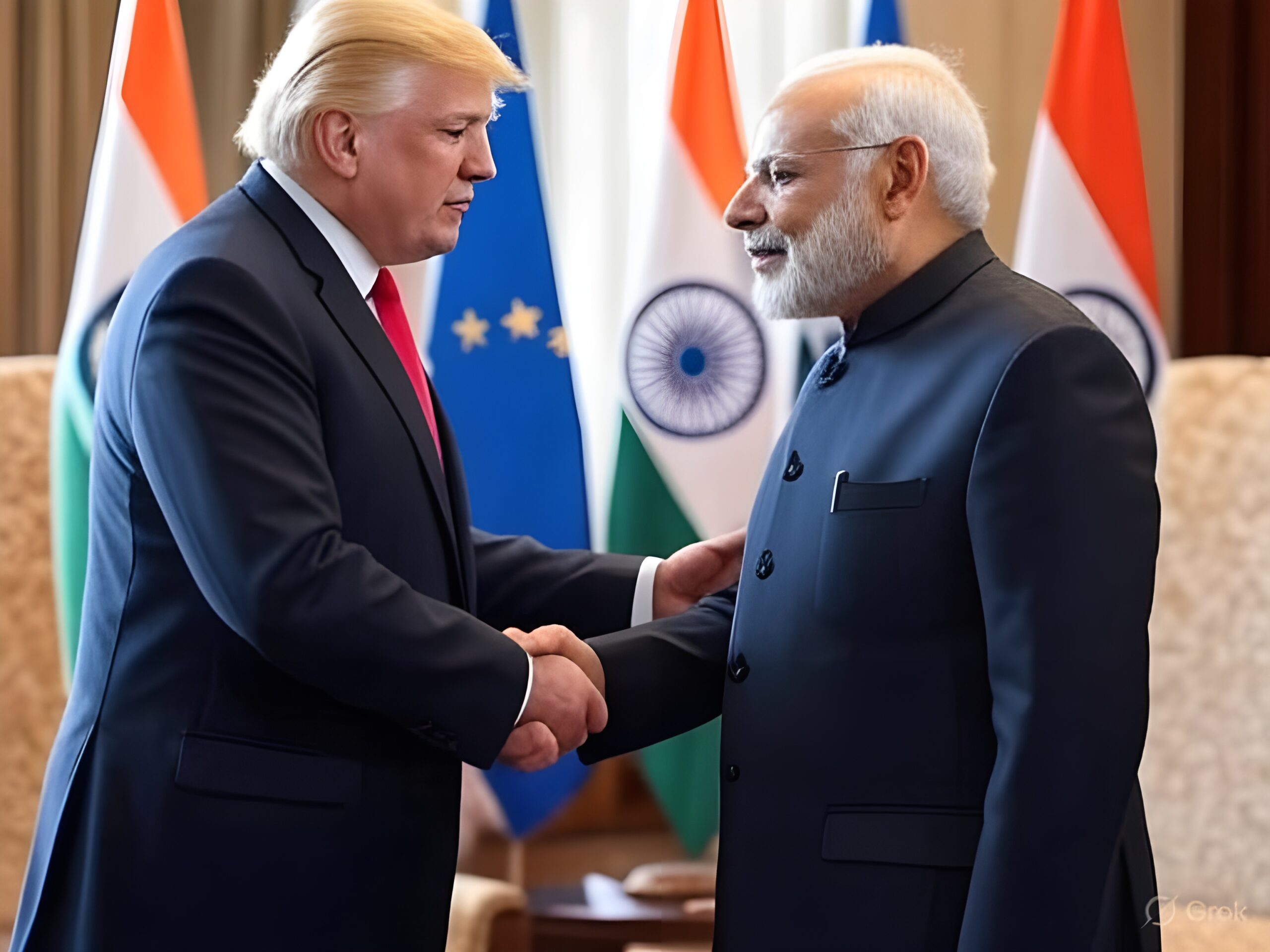The idea of India has always been a grand, complex experiment in coexistence. Our constitution doesn’t just grant religious freedom; it also celebrates it. But in recent years, a pressing question has moved from scholarly debates to prime-time news and fiery social media threads: How far does this freedom extend when the expressions of one community are perceived as a direct threat or insult to another?
The specific calls to ban terms like ‘Ghazwa-e-Hind’ and ‘Kafir’ from public discourse bring this question into sharp focus. For many Hindus, these terms are not just theological concepts but symbols of historical trauma and potential future violence.
What is Ghazwa-e-Hind?
Ghazwa-e-Hind is a term originating from some early Islamic narrations (hadiths) and is often translated as ‘the battle (or conquest) of India.’ In its literal sense, ghazwa means a raid or military expedition, and Hind refers to India or, more broadly, the Indian subcontinent.
The concept comes primarily from certain hadiths—some of which are weak in their chains of narration—where an invasion of India is prophesized. A widely cited narration states: “There are two groups of my Ummah whom Allah will free from the Fire: The group that invades India, and the group that will be with Isa bin Maryam (Jesus), peace be upon him.”
What is “Kafir”
An Arabic term meaning “disbeliever” or “infidel.” While it is a standard theological term within Islam to denote non-believers, its contemporary usage is often loaded. When used pejoratively in a public, multi-religious society like India to describe Hindus, it is deeply offensive. It reduces a billion people with a rich, ancient spiritual tradition to a mere theological category of “other,” often with derogatory connotations.
Interpretations and Historical Perspectives
Scholars and analysts generally place these references in various historical or theological contexts: Some interpretations suggest that the ‘Ghazwa-e-Hind’ was fulfilled in early Islamic history with invasions such as those led by Muhammad Bin Qasim in 712 AD and later by figures like Mahmud Ghaznavi.
Others argue that “Hind” in ancient usage was much broader than modern India, sometimes even including regions like Basra, now in present-day Iraq.
A third, less mainstream, view is that the hadiths refer to a future battle before the end of times, possibly coinciding with the second coming of Jesus (Isa) as described in Islamic eschatology.
Authenticity of the Hadiths
If the Quran is considered the divine, verbatim word of God (Allah) as revealed to Muhammad, the Hadith is the human implementation of that revelation. It provides the crucial context, details, and practical examples needed to understand and follow the Quran’s teachings.
The Hadith are the words and actions of the Prophet Muhammad, reported by his companions and their followers. They were narrated and transmitted by people and were compiled and written down much later, primarily in the 8th and 9th centuries CE (over 150-250 years after the Prophet’s death). Their authenticity is a matter of probability, not certainty.n summary, the Hadith are not part of the Quran but are separate texts that explain it.
It is important to note that the hadiths referencing Ghazwa-e-Hind have weak chains of narration, and many respected scholars caution against taking them as predictions or commands. The authority of hadith in Islam depends heavily on the strength and credibility of its transmission (isnad).
Use in Modern Pakistani Media and Propaganda
Over the last few decades, the idea of Ghazwa-e-Hind has been revived in Pakistani media, political discourse, and especially among radical groups:
Militant Groups: Organizations like Jaish-e-Mohammad and Lashkar-e-Taiba have used the term to propagate narratives of religious war or ‘jihad’ against India. They claim this as divine justification for violence, recruitment, and funding.
Popular Media: Mainstream Pakistani TV channels, lawmakers, and celebrities have referenced Ghazwa-e-Hind, particularly during times of heightened tension with India (such as the Kashmir crisis or after major political moves in India). Public figures, such as Minister Ali Muhammad Khan and actress Veena Malik, have invoked the prophecy in speeches, parliament debates, and social media posts, often escalating nationalistic sentiment. Explosive rhetoric on TV and online platforms frequently ties current events in India (e.g., changes in Kashmir’s status) to the supposed prophecy.
Contrasting Religious Views: Many mainstream Islamic leaders in India (e.g., Jamiat Ulema-e-Hind) and respected scholars publicly refute these militant interpretations. They assert that such hadiths should not be politicized, and that their context was specific to early Islam or ancient geography, not a perpetual call to religious war.
Theological and Social Rebuttal
Notable scholars like Maulana Mufti Salman Mansoorpuri emphasize:
- The hadiths are largely weak and lack strong historical authority.
- Encouraging present-day Muslims to engage in ‘jihad’ based on these hadiths is erroneous and against Islamic teachings.
- The narrative is often politically manipulated, not religiously mandated.
Pakistan’s media and militant propaganda thus clash with mainstream academic and religious consensus, which warns against using such historical references for present-day political or military purposes.
Conclusion
Ghazwa-e-Hind is a multi-layered concept—rooted in disputed hadiths, revived by political and militant groups, and widely misrepresented in both Pakistani and Indian media. The majority of credible religious authorities view it as an outdated or misused narrative, cautioning modern audiences not to fall for its divisive propaganda.
This article is prepared for in-depth educational use, especially for audiences interested in understanding how theological concepts can be co-opted into modern ideology and media.

